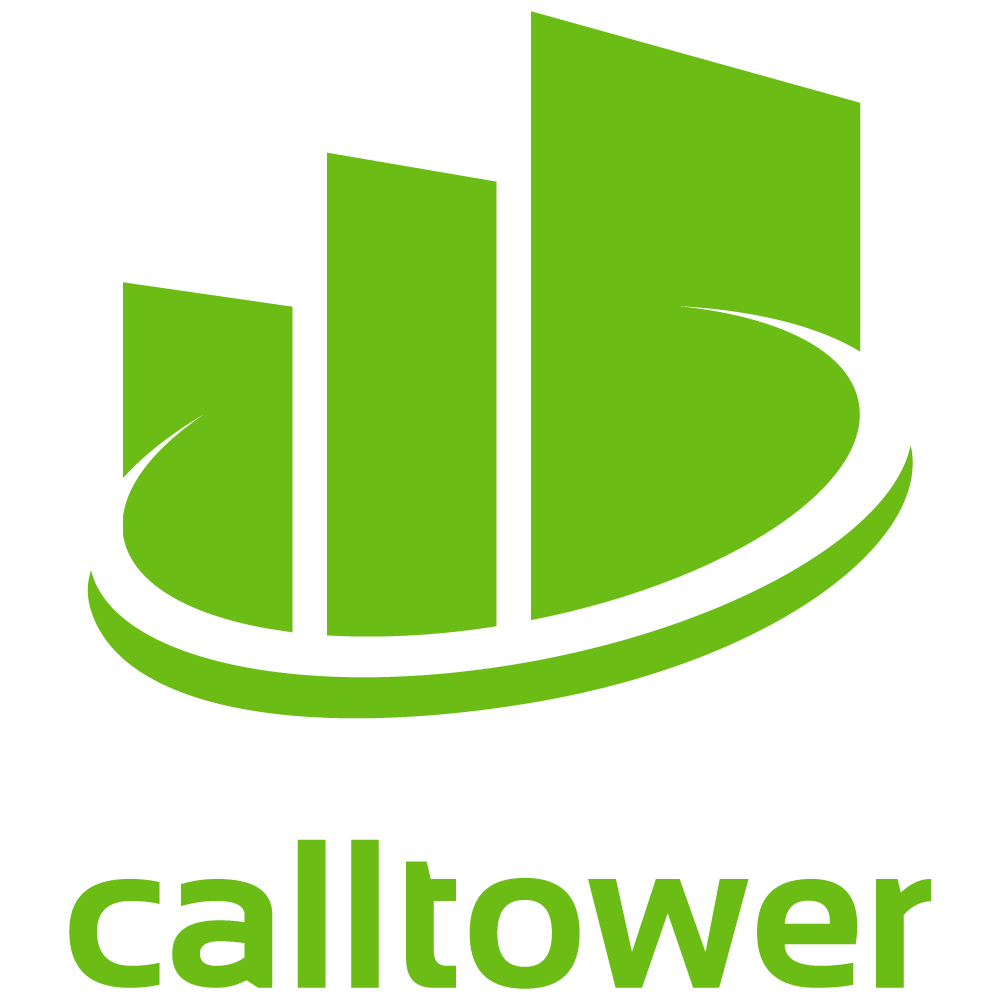MS Teams Atmos Call Recording - Configure Office 365 for Compliance Recording
UPDATE 02/07/2023:
Please login to your Atmos Portal and download the Teams' installer and follow the instructions outlined in the following link:
How to use the CallCabinet for Microsoft Teams Installer | Call Recording
You can download the installer script from the Call Cabinet portal by browsing to Settings > Site Management tab and clicking on "Provision Microsoft Teams":
CallCabinet Atmos Teams Installer
Once you've followed the above instructions, you can use the following guide to setup which users need to be recorded:
How to set up Microsoft Teams users for CallCabinet | Call Recording
